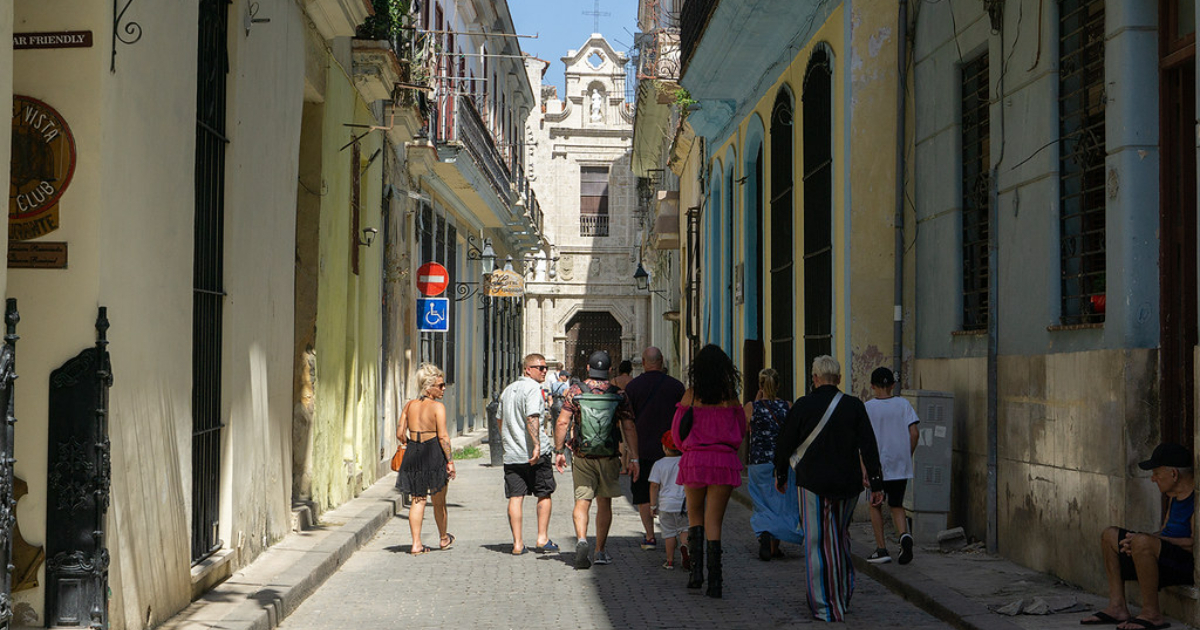There has been a noticeable increase in cases of the Oropouche virus imported to Europe in recent weeks through travelers coming from Cuba, with at least 11 cases detected according to official data from European health authorities.
In its latest disease surveillance report, the European Centre for Disease Prevention and Control (ECDC) confirmed two Oropouche cases detected in Germany among individuals who recently traveled to the island, while the number of diagnosed cases in Italy has risen to four.
Meanwhile, the Coordination Centre for Health Alerts and Emergencies (CCAES) of the Spanish Ministry of Health reported this week that five Oropouche virus (OROV) cases have been detected among travelers returning from Cuba so far this summer, according to an EFE agency dispatch.
In mid-July, the ECDC disclosed the detection of six cases of the disease in Europe: three in Spain and an equal number in Italy. The number of confirmed cases in Spain remained at three until the weekly report ending August 2. However, Spanish health authorities have since updated the figure to five, with cases found in residents of four autonomous communities: Galicia, Andalusia, Basque Country, and Madrid.
The EFE report warns that the number of Oropouche cases imported from Cuba is expected to rise due to outbreaks in several Latin American countries. However, "the risk of transmission is very low" because the mosquito that spreads it, the Culicoides paraensis midge, does not inhabit Europe.
In its mid-July report, the ECDC counted three cases of the disease in Italy among individuals returning from Cuba, a figure that has now risen to four. Italy reported the first Oropouche case in Europe on June 7, after identifying the virus in a person who had returned from Cuba to the Veneto region on May 26.
The traveler experienced symptoms, including fever, arthralgia, arthritis, headache, and retro-orbital pain, upon arrival and was hospitalized for four days.
On July 29, Germany reported two confirmed cases of the disease. The travelers first exhibited symptoms on June 16 and July 2, respectively, while staying in Cuba. One individual had fever, myalgia, and headaches, and the other experienced headaches, general malaise, and arthralgia.
The patients tested positive for OROV-specific IgG and IgM antibodies upon their return to Germany. Authorities noted that there is no known epidemiological link between the two cases, according to the ECDC report.
The health entity emphasized that there is no association between the Oropouche cases detected in these three European countries, except that all patients had been in Cuba. A single case, reported in Italy, originated from Brazil.
In late July, the Cuban Ministry of Public Health announced that the virus had spread to all provinces since it was first identified in the country in May. The presence of this arbovirus, along with dengue, has worsened the national epidemiological situation and keeps citizens on high alert amid Cuba's health crisis, characterized by a shortage of medicines and supplies, lack of medical personnel, and insufficient resources to launch fumigation campaigns to curb the spread of mosquito-borne diseases.
In the last week of July, the Brazilian Ministry of Health reported the world's first recorded deaths from the Oropouche virus.
On August 1, the Pan American Health Organization and the World Health Organization (PAHO/WHO) issued an epidemiological alert in the Americas region, urging member states to strengthen surveillance and implement laboratory diagnostics for identifying and characterizing Oropouche cases, EFE noted.
FAQs on Rising Oropouche Virus Cases in Europe
As the Oropouche virus cases among European travelers from Cuba continue to rise, many have questions regarding the situation. Here are some frequently asked questions and their answers:
What is the Oropouche virus?
The Oropouche virus (OROV) is an arbovirus transmitted primarily by the Culicoides paraensis midge. It can cause fever, headache, joint pain, and other symptoms in humans.
How is the virus spreading in Europe?
The virus is being imported into Europe by travelers returning from Cuba, where there is currently an outbreak. The cases detected in Europe have no known epidemiological link other than travel history to Cuba.
What measures are being taken to control the spread?
European health authorities are monitoring the situation closely, issuing alerts, and recommending heightened surveillance and laboratory diagnostics to identify and manage cases promptly.
Is there a risk of local transmission in Europe?
The risk of local transmission in Europe is very low because the Culicoides paraensis midge, which spreads the virus, does not inhabit the region.
